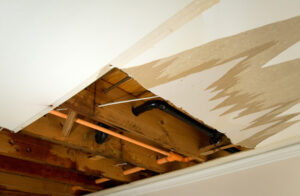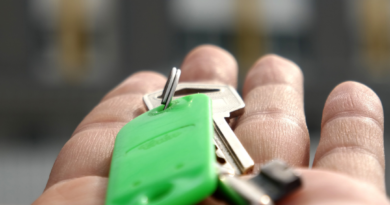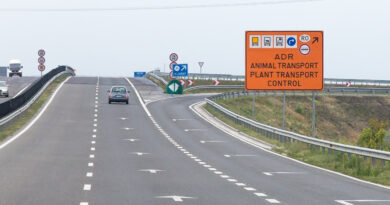Building Insurance Claim : Flood Damage
When floodwaters have devastated your home or business, it’s important to know what steps you can take to get flood insurance coverage. After a flood event, many homeowners and businesses may find that they are not covered by their homeowner’s or commercial property insurance policy because flood damage is not included as a standard part of these policies. Flooding from nearby rivers/streams/creeks also doesn’t fall under the standard definition of ‘flood’, so flood damage won’t be covered either. In this article, we’ll discuss how to make an insurance claim for flood damage and provide some tips on what you need to do before the water recedes.
Flood insurance is a vital part of property protection, but it’s important to understand what flood damage is and isn’t covered. Make sure you are fully aware of your policy and the flood risks in your area before a flood event occurs. For more information on flood insurance, please visit our website or contact one of our experienced agents.
What is flood damage?

Flood damage is defined as any physical damage to your property caused by floodwaters. This includes water entering the home or business through openings such as windows, doors, vents, and air conditioning units. It also includes flood-related damages such as wet carpets, damaged furniture, ruined walls and ceilings, and more.
What is not flood damage?
– Loss of use – flood insurance doesn’t cover the loss of income or business interruption that results from a flood event. Many homeowners and businesses are not adequately informed about this exclusion in their flood policy, so they may file an insurance claim for these losses only to be denied by the insurer. This is why it’s important to know what is and isn’t covered in your flood insurance policy.
– Damage caused by water that doesn’t come from a flood – this includes damage from rainfall, storms, overflowing rivers/streams/creeks, etc. This type of water damage is typically covered under standard homeowner’s or commercial property policies.
– Flooding outside the home or business – flood insurance does not cover damage to property that is located outside of the building. For example, if your car is parked in the driveway and it’s flooded, that would not be covered under your flood policy.
– Damage caused by mold or mildew – while flood water can often lead to mold growth, this type of damage is typically not covered by flood insurance.
– Damage from sewer or drain backup – this type of damage is typically not covered under flood insurance policies, because these types of backups are usually caused by problems with the infrastructure outside your home or business (e.g., a cracked pipe), rather than flood water entering through a window, door, etc.
What To Do Before Water Recedes?
– Document all flood damage with photos and video footage. This will help you when filing your insurance claim and it will also help your flood insurance attorney later on.
– Remove all wet furniture, carpeting, appliances, and other flood-damaged property from your home or business as soon as possible. You may need to hire a professional flood cleanup service company for this work (e.g., Brightside Flood Cleanup), because the damage may be quite extensive.
– Contact your flood insurance agent immediately to find out what steps you need to take next in the flood insurance claims process.
Many homeowners and businesses don’t know what to do after a flood, so it’s important to have someone to guide you through this difficult time.
What is the process?
– File an insurance claim as soon as possible after the flood event. Many homeowners and businesses wait too long, which can delay the process and may result in a denial of coverage.
– Gather all documentation related to the flood event. This includes flood level measurements, flood zone designations, building invoices/contracts, receipts for flood-related property damage (e.g., furniture), your insurance policy in full, and any flood hazard mitigation (flood control) measures that were taken on the property.
– Work with an experienced flood insurance attorney to help you navigate this process.
What Is Not Covered In A Flood Claim?
– Flooding outside the home or business – flood insurance does not cover damage to property that is located outside of the building. For example, if your car is parked in the driveway and it’s flooded, that would not be covered under flood insurance.
– Damage caused by flooding to structures that are not attached or built on the property – flood insurance does not cover damage to detached structures, such as sheds and fences unless they are being used for business purposes (e.g., a storage shed) and these types of improvements were specifically included in your flood policy.
– Damage to a flood-damaged structure if the flood insurance policy has lapsed – flood insurance policies typically have an “open perils” clause, which means that it does not cover damage caused by events other than those specifically named in your flood insurance policy. If you no longer hold a flood insurance policy and there is water damage as a result of floodwaters, flood insurance will not cover this damage.
Conclusion:
Many people affected by flooding are not adequately informed about flood insurance, so they may file a claim and be denied coverage. Flooding can cause significant damage to your home or business that’s not covered by flood insurance policies, which is why it’s important to know what flood insurance does and doesn’t cover before filing an insurance claim.



